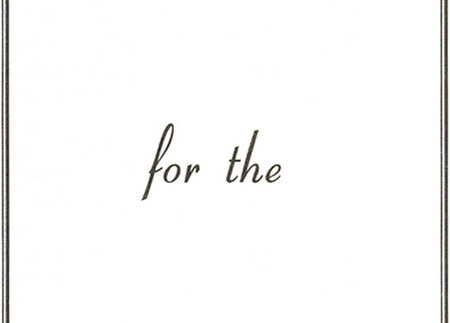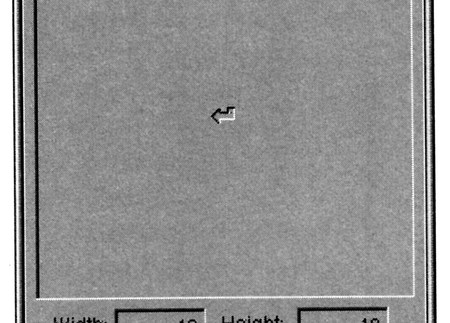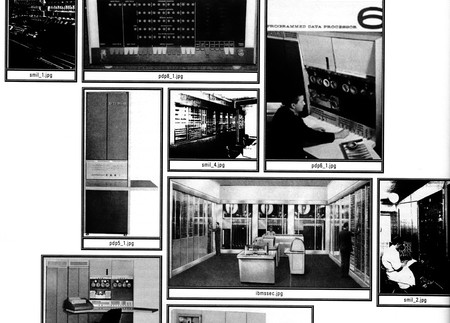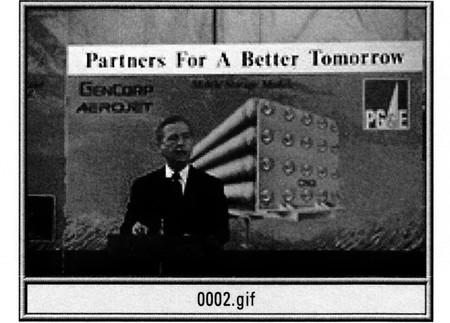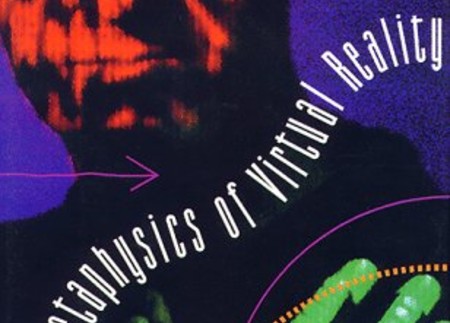According to some estimates, by the end of this century the total amount of computer memory in the world will be greater than the total amount of information in the world. The curves will intersect. At this point the demand for storage space will give way to a demand for information.
By that time historians will look back with a smile on our current worries about information overload. Once the data banks are up-to-date they will begin storing information directly at its source. Fresh info will instantly be slurped up by a hungry archive; first come, first served. All intelligent agents will be bought away from their bosses by desperate archivists, to join the rat race for unarchived data.
But until then there is plenty to do. After all, the production of bulk memories has assumed greater proportions than the combined war industries of the Third Reich and the Allies in the year 1944. The ugly countenance of the data vacuum is already leering at us from over the horizon.
More and more people see what is happening with information and are rushing to seize the opportunities. And data archivists, freed at last from old physical limitations, are beginning to go off the rails. Storage space doubles every year, at half the price! Finally we are relieved of the tedious obligation to decide which information is worth saving. Who asks anymore what the use of archiving is when capacity is exploding like this? Better to save everything, just in case. We'll find out later what we need. And don't forget to make a backup. Backups are crucial, the computer magazines warn us. But we understand that eventually they won't be of much use anymore either. This is an exponential development.
A growing number of organizations are embarking on ambitious projects. Everything is being collected: culture, asteroids, dna patterns, credit records, telephone conversations; it doesn't matter. We can get by for a few more years on overdue maintenance, but it's time to deal with all this systematically.
The authorities are in the game; the un is at the forefront, though the us government is also beginning to set priorities and take drastic measures. The Clipper Chip has been cancelled. Clinton and co. have understood just in time what the Electronic Frontier Foundation has been arguing for some time. Kapor is a true visionary: there is simply no time to decipher all those communications; everything would have to be immediately saved. (The story of the at&t/Bell engineer who allegedly discovered that Clipper did not work was, of course, only manufactured to save the government's face.) Meanwhile a special commission is trying to determine whether it wouldn't be better to prohibit data compression.
Individuals too are beginning to recognize the gravity of the situation. For example, the number of announcements of virtual museums set up by artists is increasing by leaps and bounds. And a World Wide Web home page, proudly announcing personally collected data, has become evidence of correct behavior coveted by broad sectors of the population. Multimedia are a formidable weapon in the fight: a picture takes up more space than a thousand words, to say nothing of video. Another solution, albeit naturally temporary, is higher resolution. Pump up the sampling rates! That phone conversation, for example, will take up four times as much space if it's immortalized in 16-bit stereo. And one needn't buy a high-definition tv: the essence of lies solely in the higher resolution of the production.
The Data Dandy, then, is a disappearing phenomenon - typically fin de siècle. There will be more data than drops in the ocean. And no one will want to have anything to do with it all.


